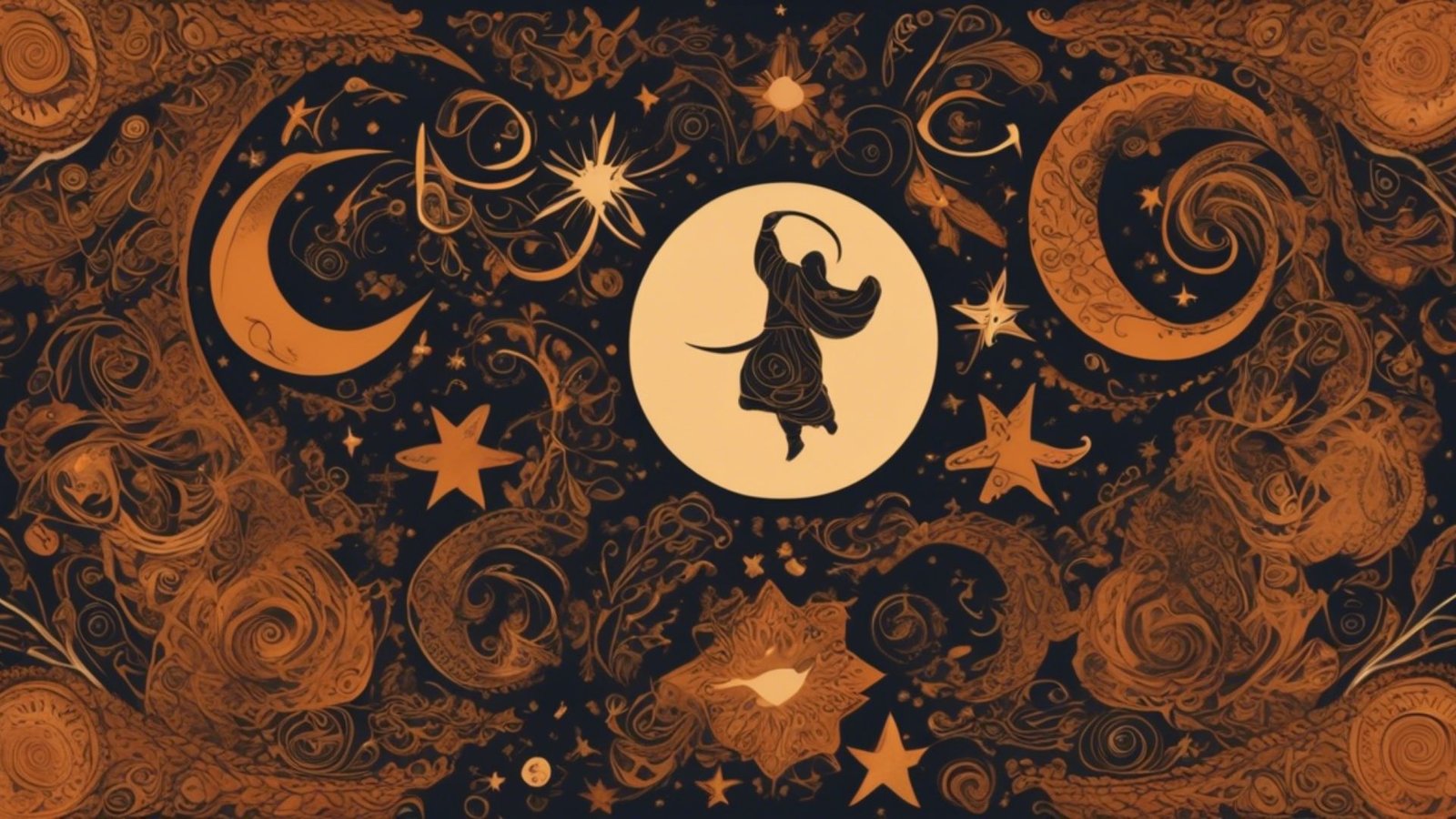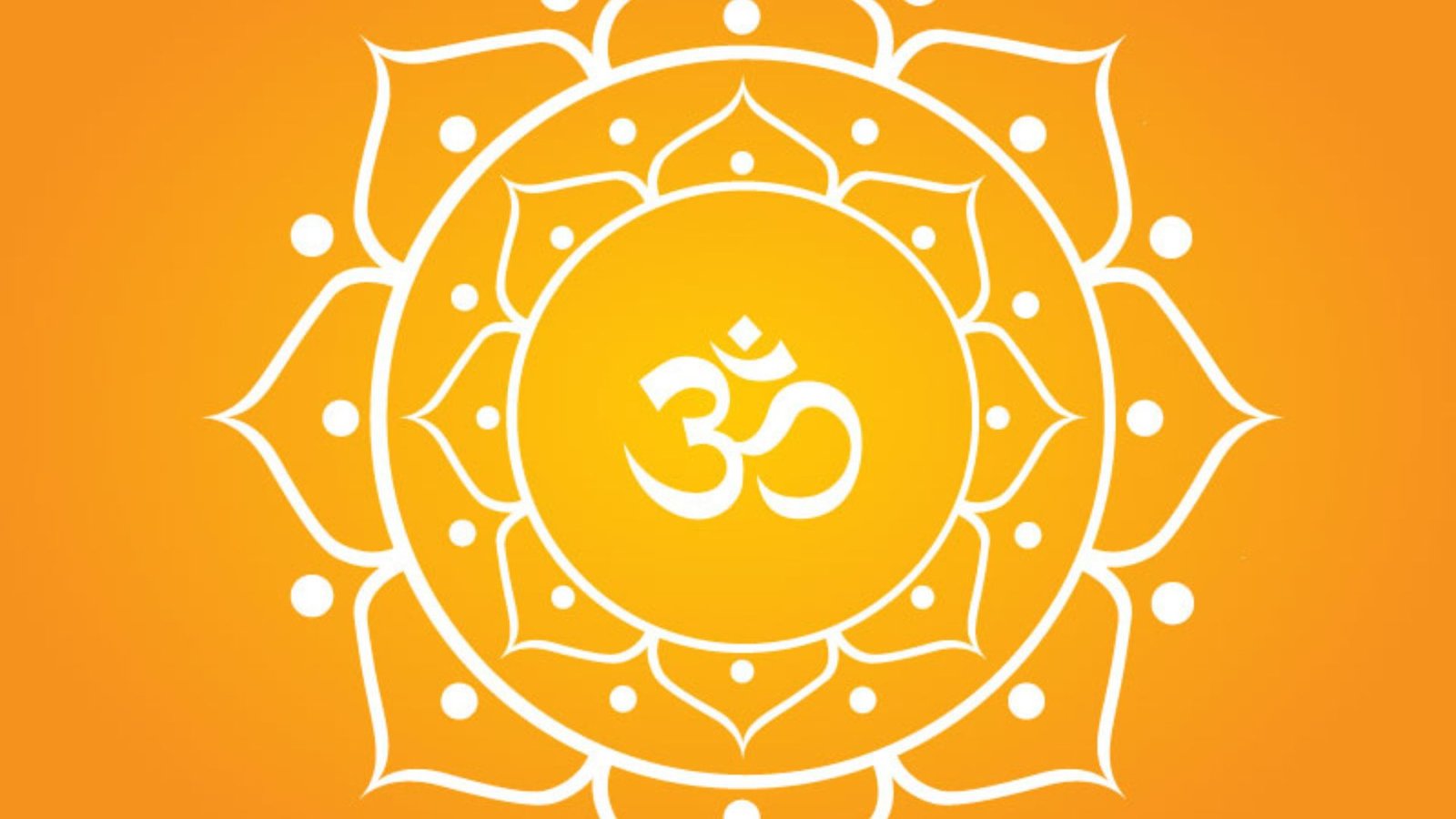Indian art is renowned for its rich symbolism, with motifs that carry deep spiritual and cultural meanings. These symbols, found in various forms of art from ancient to contemporary, offer insights into the values, beliefs, and traditions of Indian society. Understanding these motifs allows us to appreciate the depth and complexity of Indian artistic expressions.

Sacred Symbols
Central to Indian art is the use of sacred symbols that represent divine entities and spiritual concepts. The Om symbol, for example, signifies the essence of the universe and divine presence. Similarly, the Swastika, often seen in Indian art, symbolizes auspiciousness and prosperity. These symbols serve as a bridge between the material and spiritual worlds, reflecting the sacred nature of Indian artistic traditions.
Mythological Imagery
Indian art frequently draws from rich mythological narratives, portraying deities, heroes, and epic tales. The depiction of gods and goddesses, such as Shiva, Vishnu, and Lakshmi, carries specific attributes and iconography that convey their divine roles and powers. Each gesture, ornament, and setting in these artworks is imbued with symbolic significance, narrating complex stories through visual elements.
Nature and Cosmic Symbols
Nature plays a vital role in Indian art, with motifs inspired by natural elements and cosmic phenomena. The lotus flower, for instance, symbolizes purity and spiritual enlightenment, while the peacock represents beauty and grace. These natural symbols are often integrated into religious and secular art, illustrating the interconnectedness of life, nature, and spirituality.
Geometric Patterns
Geometric patterns in Indian art, such as mandalas and yantras, hold profound symbolic meanings. Mandalas, intricate geometric designs, represent the universe and the cosmos, serving as tools for meditation and spiritual reflection. Yantras, similar in their geometric precision, are used in ritual practices to invoke divine energies and facilitate spiritual growth.
Regional Variations
Indian art’s symbolism varies across regions, reflecting local traditions and cultural influences. For example, the Warli paintings of Maharashtra use simple geometric forms to convey daily life and nature, while the Madhubani art of Bihar employs vibrant colors and intricate patterns to depict mythological themes. These regional variations highlight the diversity of symbolic expressions within Indian art.
Contemporary Interpretations
In contemporary Indian art, traditional symbols are often reinterpreted and blended with modern aesthetics. Artists experiment with symbolism to address contemporary issues, such as identity, globalization, and social change. This fusion of traditional and modern elements creates new layers of meaning, demonstrating the dynamic and evolving nature of Indian art.
Conclusion
The symbolism in Indian art provides a window into the cultural and spiritual essence of the nation. From sacred symbols to mythological imagery and natural motifs, each element carries profound meanings that enrich our understanding of Indian artistic traditions. By exploring these mystical motifs, we gain deeper insights into the values and beliefs that shape Indian art.

